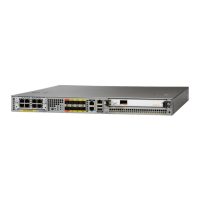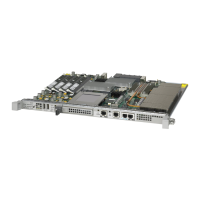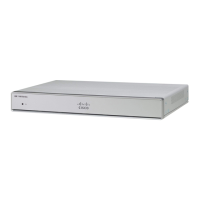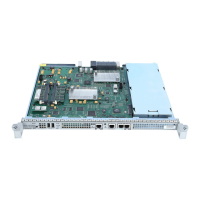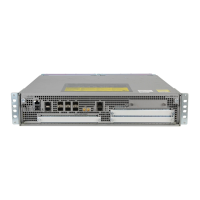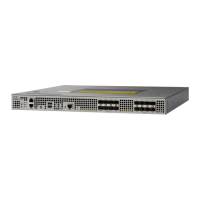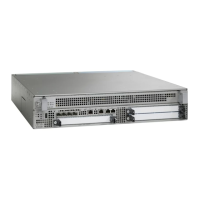6-9
Cisco 10000 Series Router Quality of Service Configuration Guide
OL-7433-09
Chapter 6 Policing Traffic
Two-Rate Three-Color Marker for Traffic Policing
The two-rate three-color marker uses a token bucket algorithm to manage the maximum rate of traffic.
The token bucket algorithm can use the values you specify to determine the maximum rate of traffic
allowed on an interface at a given moment in time. All traffic entering or leaving an interface affects the
token bucket algorithm, depending on whether the two-rate policer is configured on an inbound or
outbound interface. The token bucket algorithm is useful in managing network bandwidth when large
packets are sent in the same traffic stream. For more information about the token bucket algorithm, see
the
“Metering Traffic and Token Buckets” section on page 6-18.
To mark traffic without using a policer, see Chapter 7, “Marking Traffic.”
Feature History for the Two-Rate Color Marker
Configuration Commands for the Two-Rate Color Marker
The commands used to configure the two-rate color marker are:
• police Command (Two-Rate), page 6-9
• police percent Command, page 6-11
police Command (Two-Rate)
To configure traffic policing using the committed information rate (CIR) and the peak information rate
(PIR), use the police command in policy-map class configuration mode. To remove two-rate traffic
policing from the configuration, use the no form of this command. By default, this command is disabled.
police {cir cir} [bc] burst-normal [pir pir] [be] peak-burst [conform-action action]
[exceed-action action] [violate-action action]
no police {cir cir} [bc] burst-normal [pir pir] [be] peak-burst [conform-action action]
[exceed-action action] [violate-action action]
Syntax Description
Cisco IOS Release Description Required PRE
Release 12.2(27)SBB The two-rate three-color marker feature was introduced on
the router.
PRE2
Release 12.2(31)SB2 This feature was introduced on the PRE3 to allow you to
police traffic on the L2TP access concentrator (LAC) based
on the value of a packet’s IP DSCP bits.
PRE3
cir cir Committed information rate (CIR). Indicates an average rate at which the
policer meters traffic. CIR is based on the interface shape rate. The cir
specifies the CIR value in bits per second. Valid values are from 8000 to
2,488,320,000 bits per second.
bc burst-normal (Optional) Specifies the normal or committed burst (bc) size used by the
first token bucket for policing. The burst-normal specifies the bc value in
bytes. Valid values are from 1 to 512,000,000. The default is 9,216 bytes.
For more information, see the “Committed Bursts and Excess Bursts”
section on page 6-21.

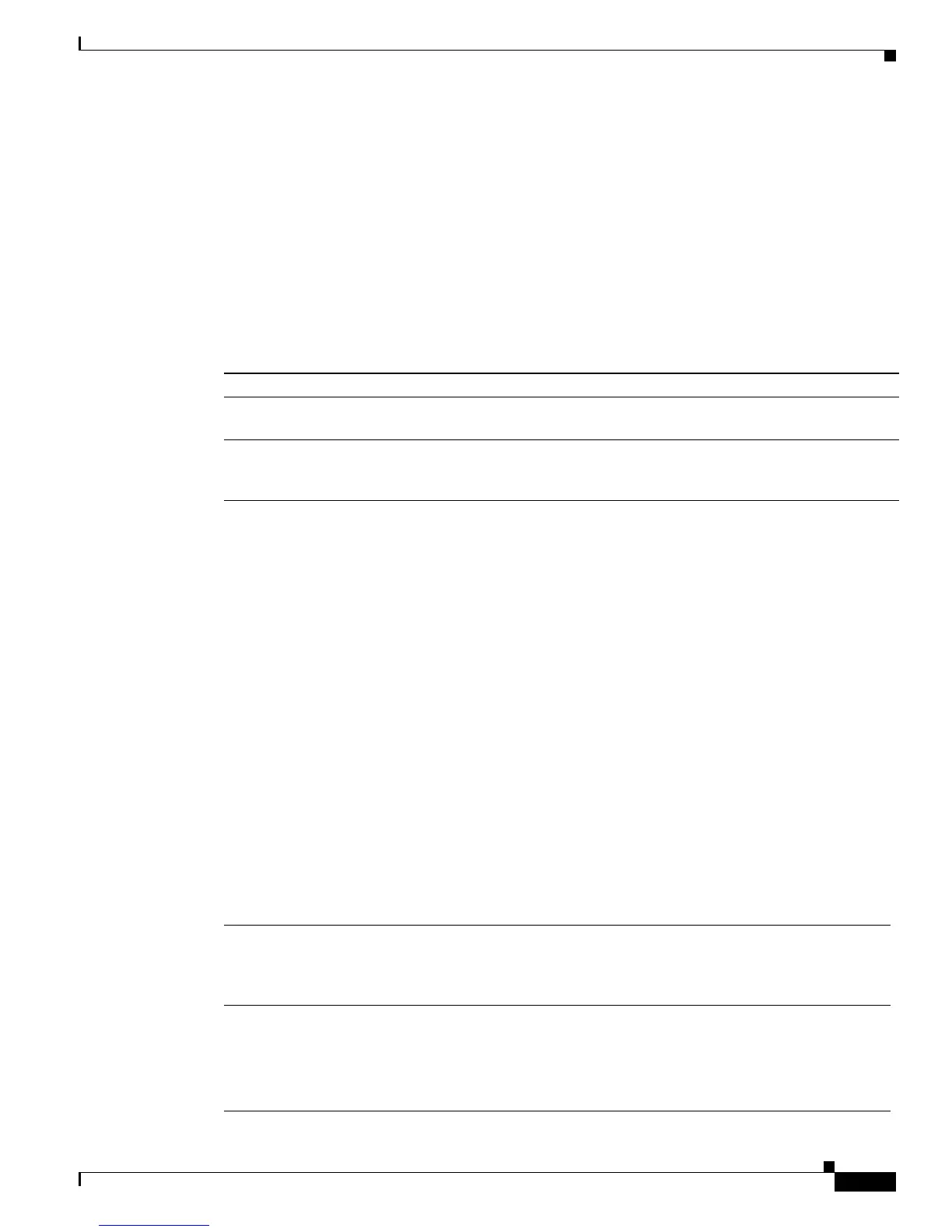